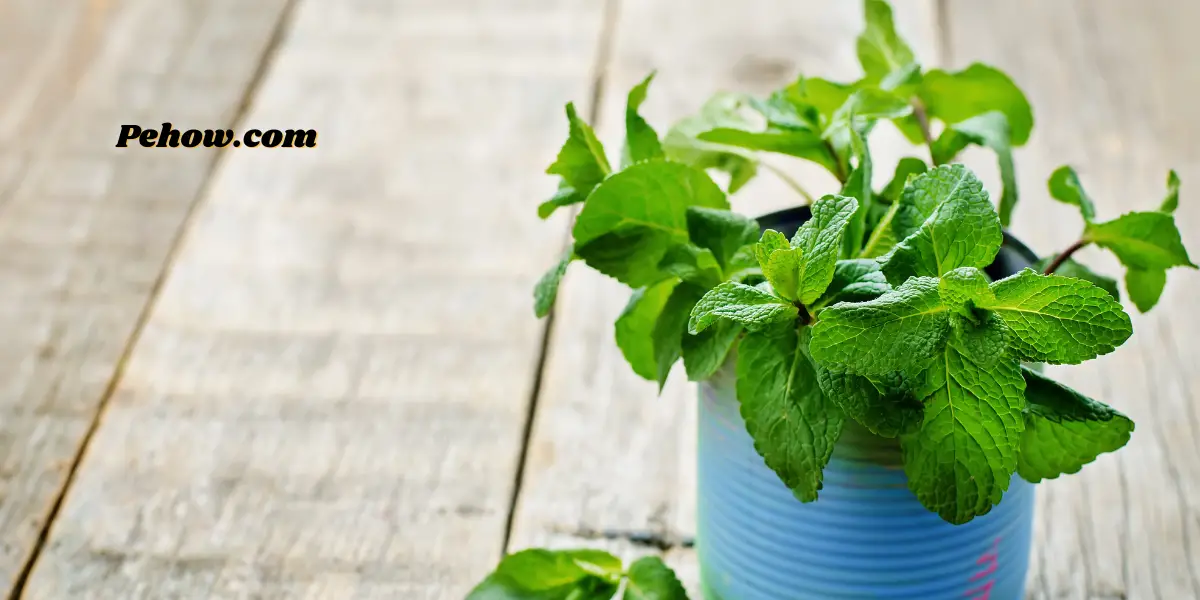Mint plants are a common herb that can be found in many kitchens. They are known for their distinct flavor and aroma, and they can be used in a variety of dishes. But I noticed my mint tree was dying. why is my mint plant dying
The main reasons why mint plants die are due to over-watering, under-watering, and lack of sunlight.
Over-watering is the most common cause of death for mint plants. When waterlogged, the roots of the plant suffocate and the plant can no longer take in oxygen. This causes the leaves to turn yellow and eventually die.
In this blog post, I’ll be discussing why is my mint plant dying? (Expert opinion on how to fix them). I’ll go over the 5 main reasons why mint plants die, and how to fix each problem.
Identify the problem
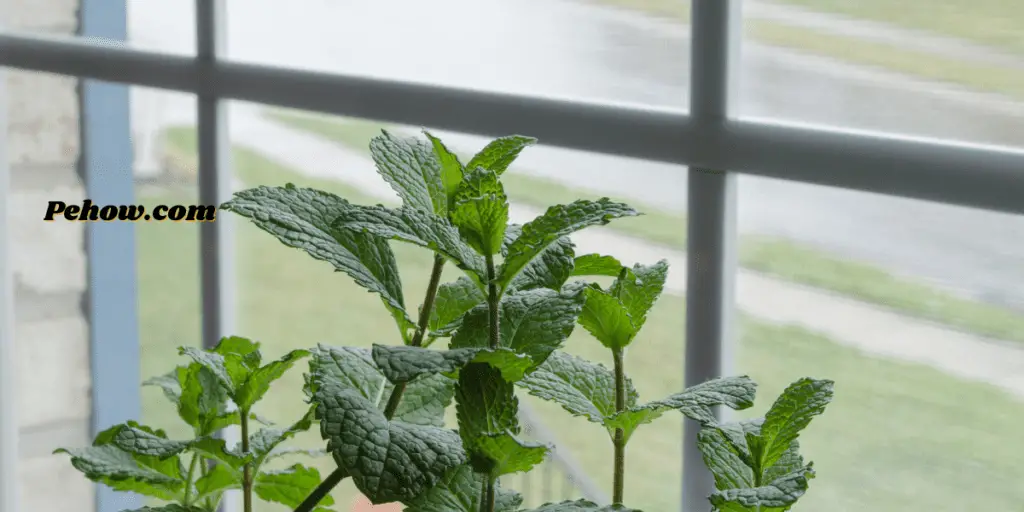
The first step to reviving your dying mint plant is to identify the problem. There are several reasons why a mint plant may die, including lack of water, too much sun exposure, or pests. Once you have identified the problem, you can take steps to fix it.
Check the soil – is it too dry or wet?
Mint plants need well-drained soil in order to thrive. If the soil is too dry, the plant will die from dehydration. If the soil is too wet, the plant will die from waterlogging.
To check if the soil is too dry or wet, dig down a few inches and take a look at the soil. If the soil is dry and crumbly, it needs to be watered. If the soil is wet and mushy, it needs to be drained.
Is the pot large enough for the plant to grow properly in?
Mint plants need plenty of space to grow, and a pot that is too small will not allow the plant to spread out. If the pot is too small, the plant may become root-bound and die.
To check if the pot is large enough for the plant, take a look at the size of the pot. The pot should be at least twice the size of the plant’s root ball.
If the pot is too small, you will need to transplant the plant into a larger pot.
Does the plant have enough sunlight?
Mint plants need at least 6 hours of sunlight per day in order to thrive. If the plant does not have enough sunlight, it will become leggy and eventually die.
To check if the plant has enough sunlight, take a look at the leaves. If the leaves are green and healthy, the plant is getting enough sunlight. If the leaves are yellow or wilted, the plant needs more sunlight.
If the plant does not have enough sunlight, you will need to move it to a location that receives more sunlight.
Is the plant infested with pests?
Mint plants are often infested with aphids, whiteflies, or spider mites. These pests suck the sap from the plant, causing the leaves to turn yellow and eventually die.
To check if the plant is infested with pests, take a look at the leaves. If you see small insects or spider webs, the plant is infested with pests.
If the plant is infested with pests, you will need to treat it with an insecticide.
Are you watering it enough (but not over-watering)?
Mint plants need well-drained soil in order to thrive. If the soil is too dry, the plant will die from dehydration. If the soil is too wet, the plant will die from waterlogging.
To check if the soil is too dry or wet, dig down a few inches and take a look at the soil. If the soil is dry and crumbly, it needs to be watered. If the soil is wet and mushy, it needs to be drained.
Once you have identified the problem, you can easily deal with it and revive your mint plant.
What are the symptoms of death of mint trees?
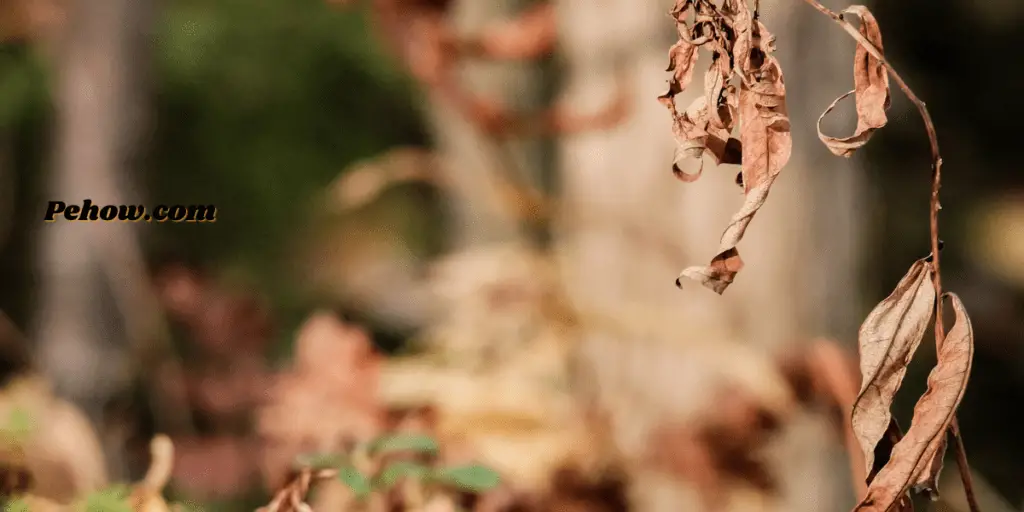
If your mint plant is dying, there are a few possible reasons why. The most common reason for death of mint plants is root rot, which is caused by too much water and not enough drainage.
If the roots of your plant are sitting in water, they will start to rot and the plant will eventually die. Symptoms of mint death include:
mint plant wilting
One common sign that a mint plant is wilting is if the leaves start to droop. This may be a sign that the plant is not getting enough water. Make sure to water your mint plant regularly, especially if it is in a dry environment.
color changed
If the leaves of your mint plant start to change color, this may be a sign that the plant is not getting enough water or that it is being attacked by pests. In either case, you will need to take steps to address the issue.
mint plant pests
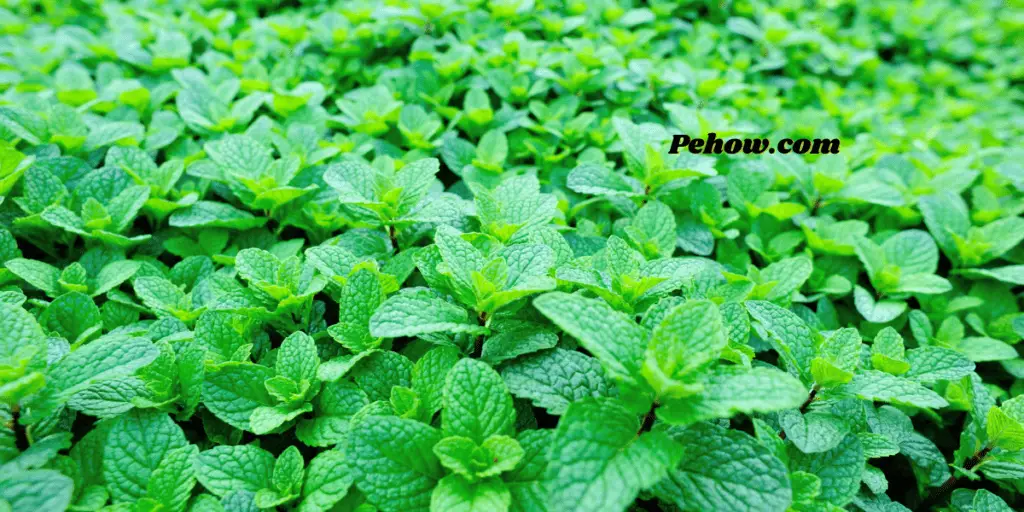
Another common problem with mint plants is pests. If you see small insects on the leaves of your plant, they may be causing your plant to die. You can treat pests by spraying the plant with an insecticide.
Stems that are discolored or soft
The fading or softening of the stalks is one of the symptoms of mint plant death. If the stalks are discolored or soft, it is a sign that the plant is not getting enough water. Make sure to water your mint plant regularly, especially if it is in a dry environment.
A bad smell coming from the plant
If you notice a bad smell coming from your mint plant, it may be a sign that the plant is rotting. This can be caused by too much water and not enough drainage. If you see signs of rot, you will need to remove the affected parts of the plant and make sure to water it more carefully in the future.
How to protect the mint tree from dying (Expert opinion)
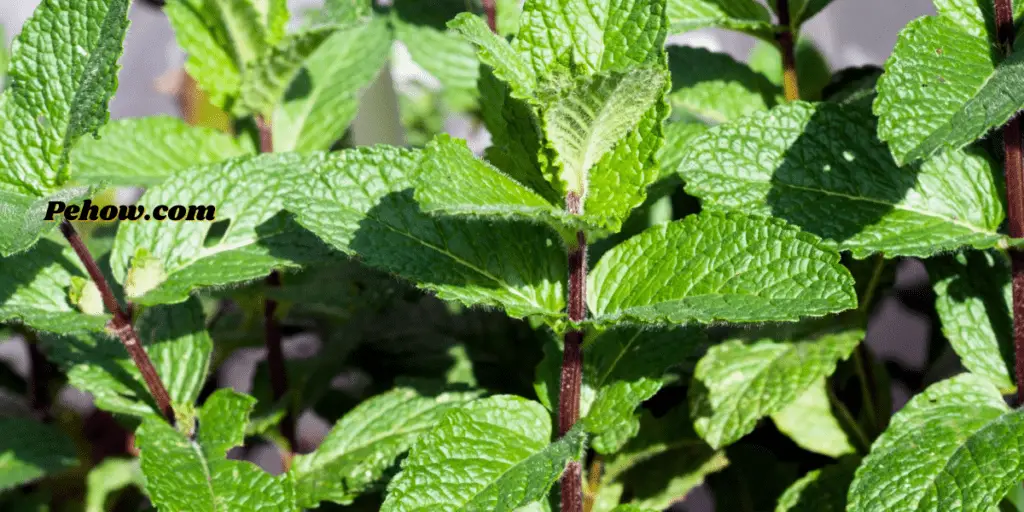
The mint tree is a beautiful and fragrant addition to any garden, but it can be susceptible to disease and pests. There are several things you can do to protect your mint tree from dying and keep it healthy and flourishing.
Use good soil
Adding quality soil to your mint tree’s planting area is important for two reasons: it helps the plant to grow stronger and more resistant to disease, and it also helps to retain moisture, which is crucial for keeping the plant healthy in hot weather.
Mulch the plant
Mint plants love cool, moist conditions, so mulching around the base of the plant will help to keep the roots cool and hydrated. Use an organic mulch such as pine needles, bark chips, or straw.
Water regularly
Mint plants need to be kept moist, so water them regularly, especially during hot weather. Water in the morning so that the leaves have time to dry before nightfall, to prevent fungal diseases.
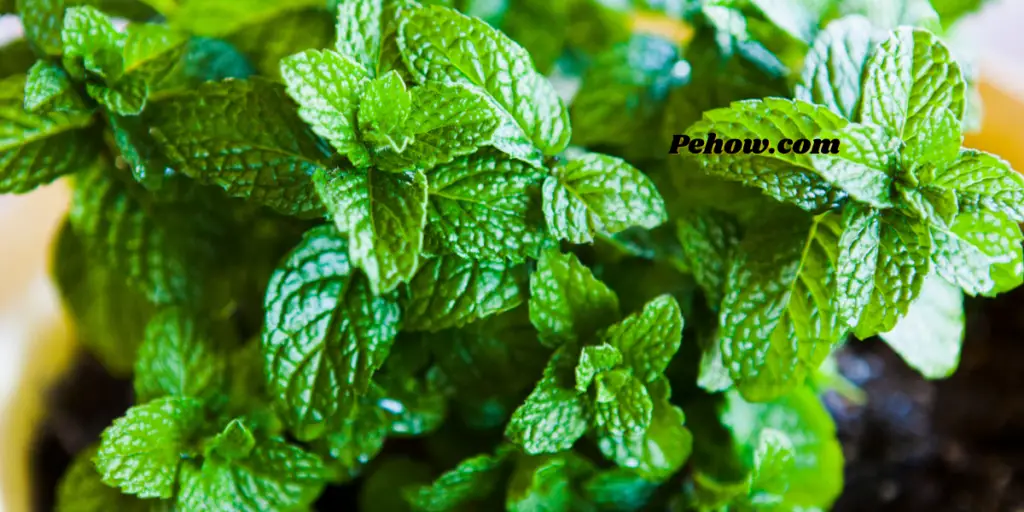
Fertilize monthly
Fertilizing your mint tree monthly will help it to grow strong and healthy. Use a balanced fertilizer that is high in nitrogen and low in phosphorus.
Prune regularly
Pruning your mint tree regularly will help to keep it healthy and prevent it from becoming overgrown. Prune back the stems by a third after they have flowered, and cut back any dead or diseased leaves.
Monitor for pests and diseases
Keep an eye out for pests and diseases, and treat them promptly if they appear. Common problems include powdery mildew, aphids, and spider mites.
Using these methods, you can keep your mint plant healthy and protect it from dying.
How do you know if mint is overwatered?
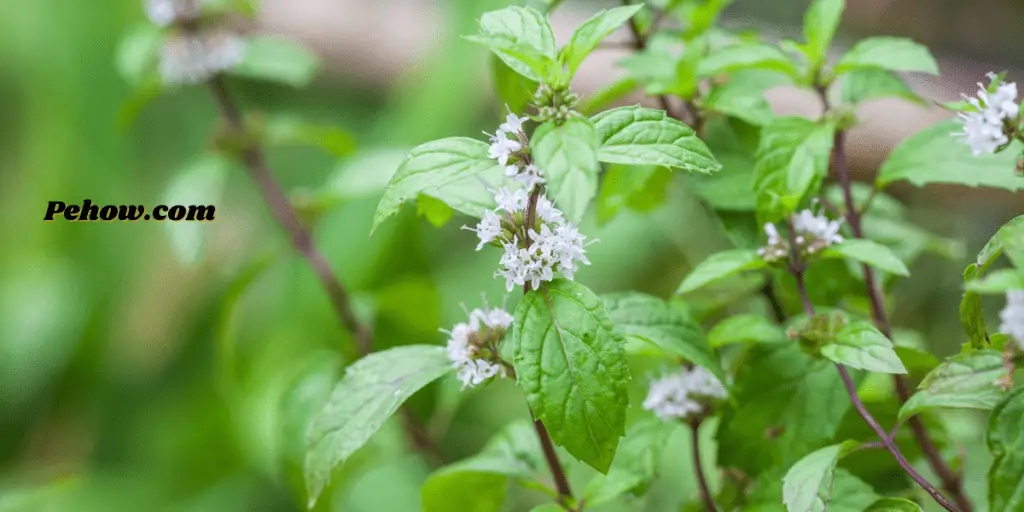
One way to tell if mint is overwatered is by the appearance of the leaves. If they are wilted, yellowing, or browning, then it’s likely that the plant is not getting enough water.
Another sign of overwatering is when the soil is wet for more than a day after watering. If you see either of these signs, you should cut back on watering mint.
Can I grow mint in the shade?
Yes, you can grow mint in the shade. Mint plants prefer partial shade, so if you can provide them with four to six hours of sunlight each day, they will be happy. If you don’t have a spot that gets direct sunlight, then try placing your mint plant near a south-facing window.
The Summary
Mint plants are easy to grow and make a great addition to any garden. However, they can be susceptible to problems like pests, diseases, and overwatering. By taking some simple steps to protect your plant, you can keep it healthy and prevent it from drying.
I hope this article was helpful in answering your question, why is my mint plant dying? If you have any further questions, please feel free to leave a comment below.


